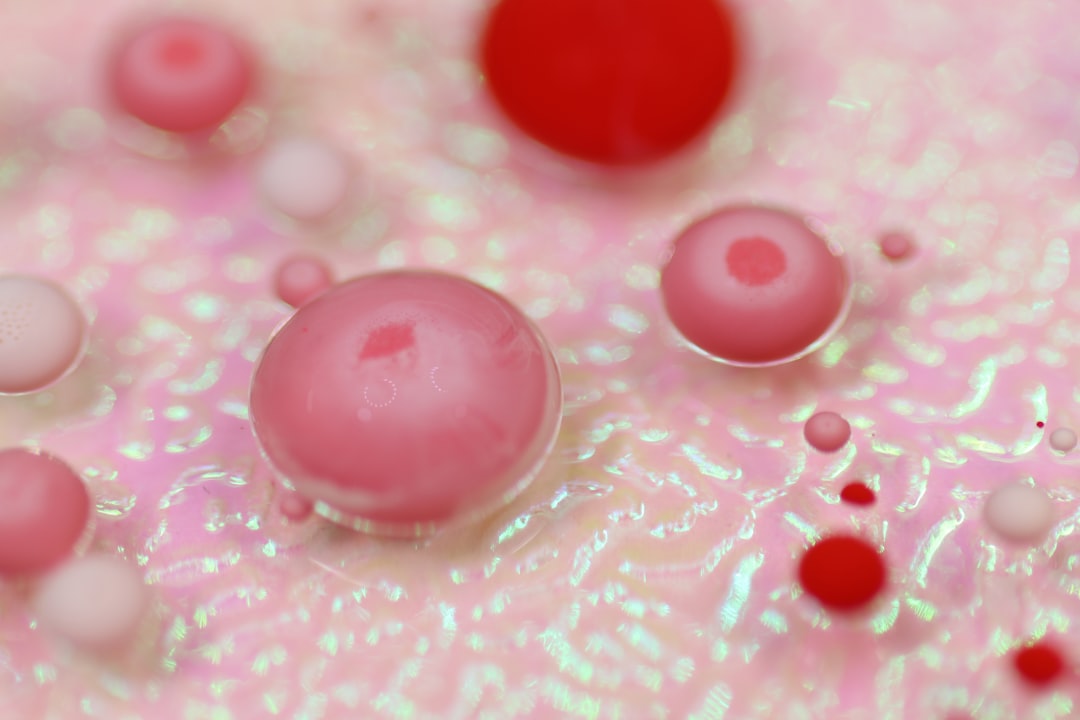What is it about?
Previous work suggests that autistic narrators produce "ambiguous pronouns," but there are in fact two ways for a pronoun to be ambiguous. A pronoun can: 1) ambiguously introduce a new character (e.g., consider "she" in "Once upon a time, she went into a forest."); 2) ambiguously reference a previous character (e.g., consider "she" in "Once upon a time, two little girls went into a forest, and she discovered a magical tree."). The current project used a novel procedure and coding system to see which type of ambiguity was more common in narratives produced by autistic adolescents as compared to non-autistic peers with similar language abilities. We found that autistic children specifically produced more ambiguous character introductions, but they were just as clear as non-autistic children at referring to previously introduced characters. Interestingly, group differences in ambiguity were caused by participants' use of full noun phrases (e.g., "Once upon a time, the little girl..."), and not by their use of pronouns.
Featured Image

Photo by Kenny Eliason on Unsplash
Why is it important?
The current findings have two important implications for researchers and clinicians who are interested in how autistic people use pronouns in discourse. First, findings encourage more focus on character establishment and less on character maintenance, since groups diverged in the first but not in the second skill. Second, they highlight a need to broaden our attention to reference, generally, rather than focusing on pronouns, specifically. Findings from the current project showed group differences in ambiguity only for non-pronominal references (e.g., definite noun phrases), whereas ambiguity rates for pronouns was similar between groups.
Read the Original
This page is a summary of: Analysis of Noun Phrase Ambiguity in Narratives Reveals Differences in Referential Establishment But Not Cohesion for Older Autistic Children, Journal of Speech Language and Hearing Research, July 2023, American Speech-Language-Hearing Association (ASHA),
DOI: 10.1044/2023_jslhr-22-00630.
You can read the full text:
Contributors
The following have contributed to this page










